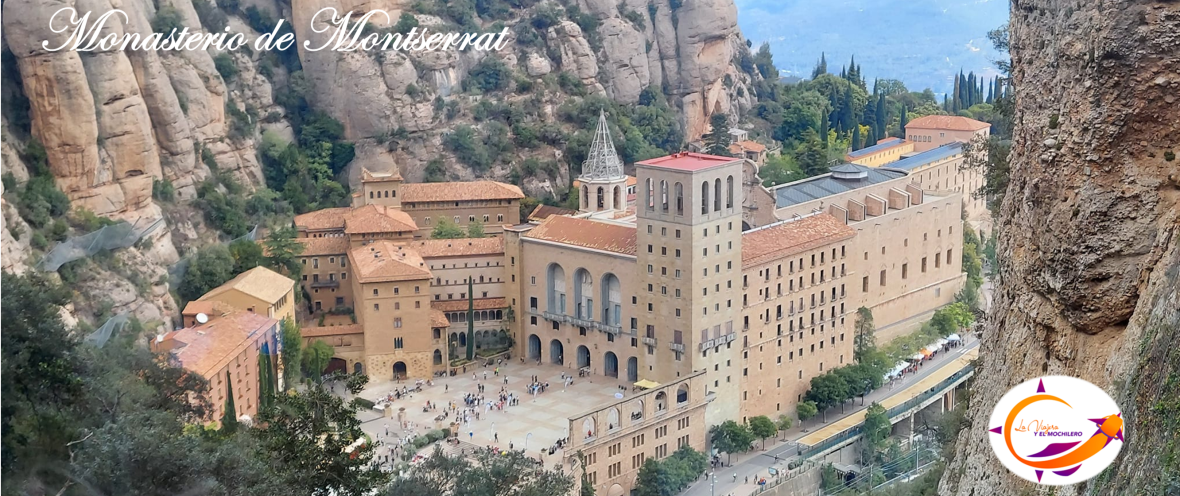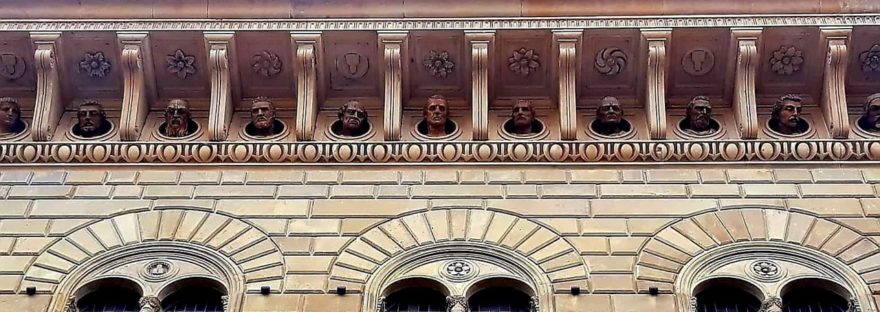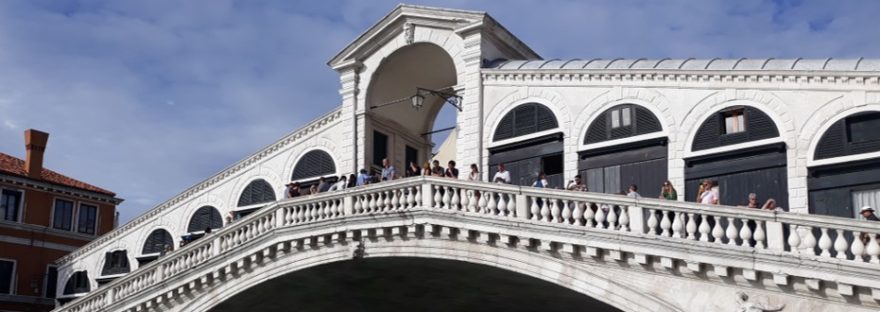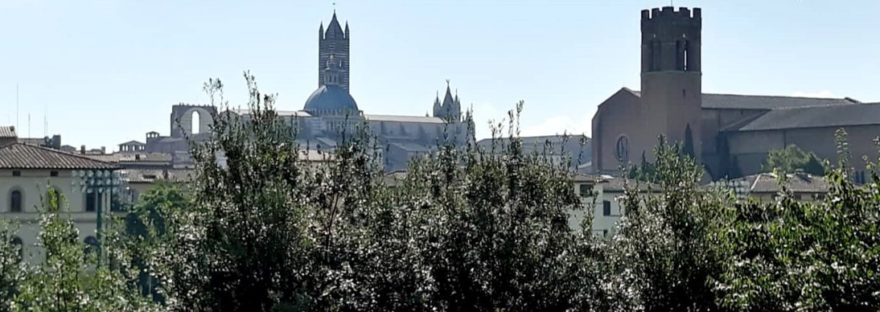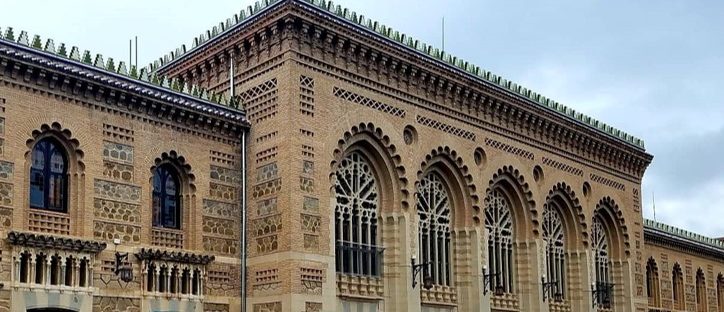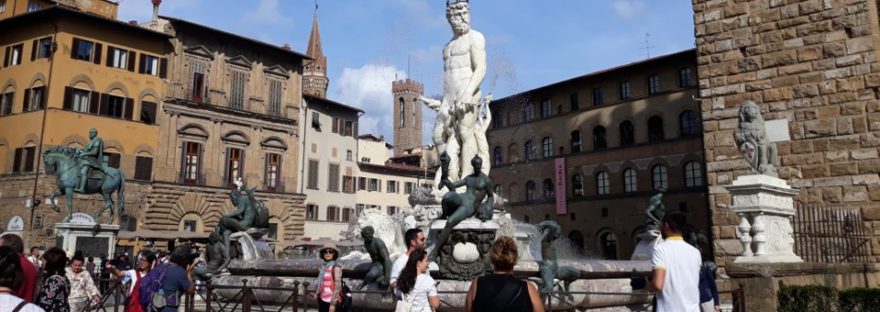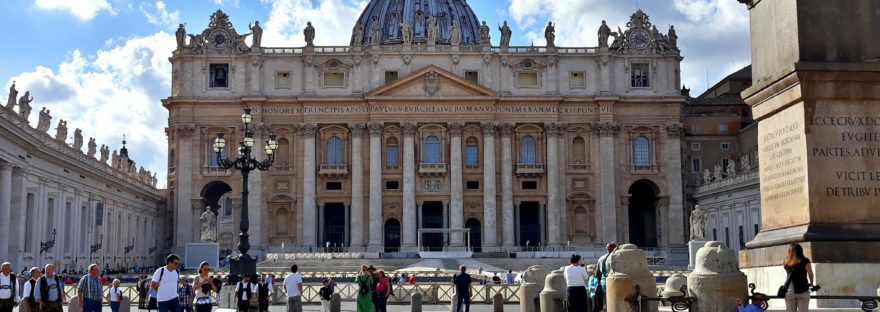Traveling through unknown places could be a great challenge. Every city, large or small, can quickly become a great maze if we do not identify points of reference that helps locate ourselves on the route. For example, a city like Siena, in the Tuscany region, can create some anxiety. Continue reading “Deciphering Labyrinths in Siena”
Author: La Viajera y El Mochilero
“Chiesa Santi Bartolomeo e Gaetano”
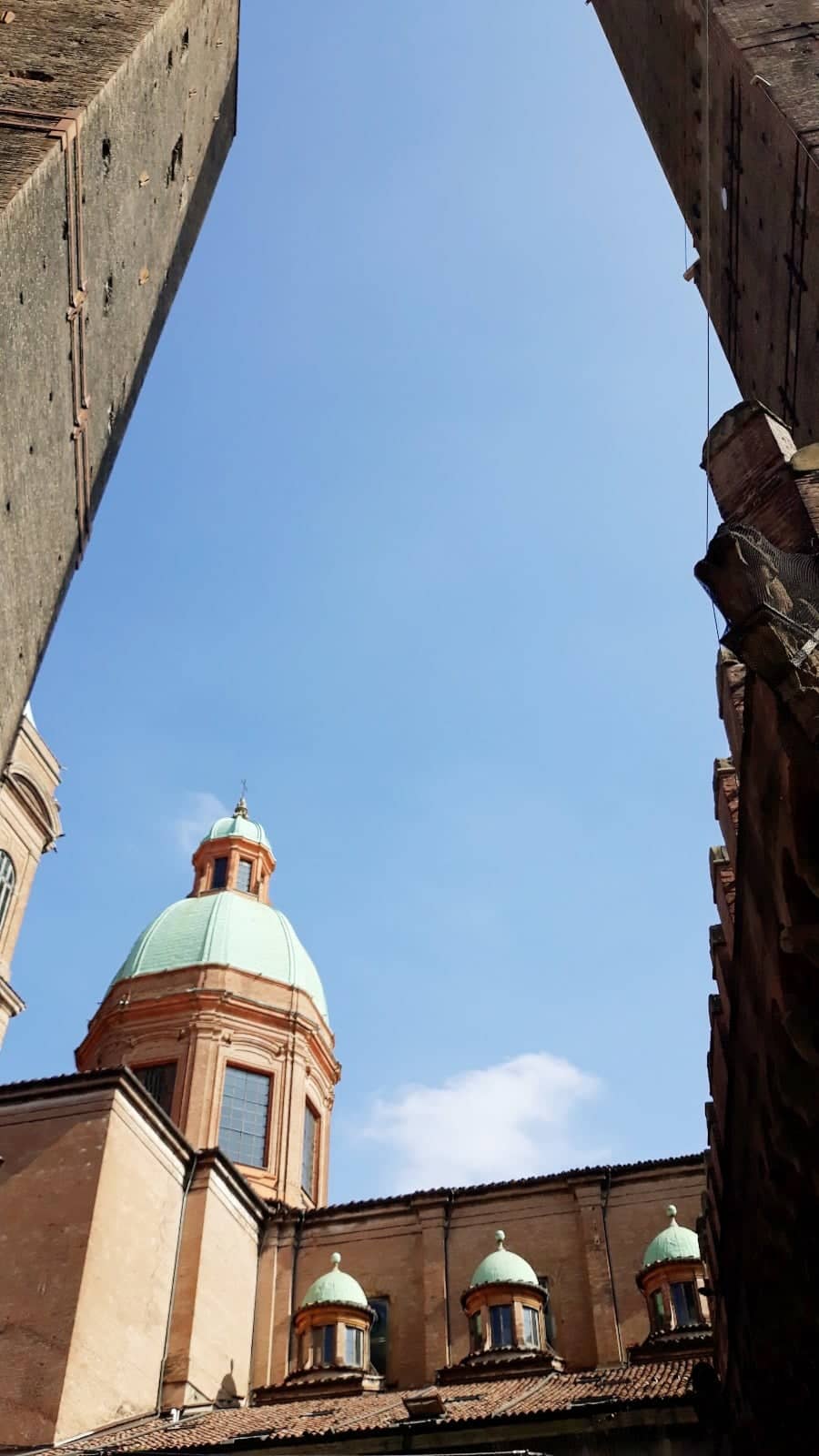 Thousands of visitors to Bologna arrive at the spot where the “Strada Maggiore” meets “Via Zamboni”, here one finds “Le due Torri: Garisenda e degli Asinelli”. Under the shadow of these towers, we also find the “Chiesa dei Santi Bartolomeo e Gaetano”. Continue reading ““Chiesa Santi Bartolomeo e Gaetano””
Thousands of visitors to Bologna arrive at the spot where the “Strada Maggiore” meets “Via Zamboni”, here one finds “Le due Torri: Garisenda e degli Asinelli”. Under the shadow of these towers, we also find the “Chiesa dei Santi Bartolomeo e Gaetano”. Continue reading ““Chiesa Santi Bartolomeo e Gaetano””
From San Polo to San Marcos – Venice
The “Rialto” area of the San Polo district in Venice, Italy, was the center of all economic activity among the 118 small islands that together are known as the City of Venice. As the city grew, so did the need to reach the “Rialto” markets by means other than “gondolas.” Continue reading “From San Polo to San Marcos – Venice”
The Galleria dell’Accademia, much more than David
The “Galleria dell’Accademia di Firenze” is best known for being the house of David, Michelangelo’s great sculpture. However, the permanent collection of this gallery shows that it is much more than the sample of that great sculptural work, this despite the fact that the original intention was directed to have a museum dedicated exclusively to Michelangelo’s work. Continue reading “The Galleria dell’Accademia, much more than David”
A piece of Egypt in Madrid
On top of a hill above the “Cuartel de la Montaña” Park (formerly a military installation) and inside the West Park in Madrid, there is a piece of Egypt. The temple of Debod, an Egyptian structure dating from the second century B.C.
Piazza del Campo – Siena
It is said that the Tuscan city of Siena (or Sienna) was founded by the “Saina” tribe of the Etruscans sometime between 900 and 400 BC. C. It is between the twelfth and sixteenth centuries that the golden age of Siena occurs, the culminating point of medieval times. Reason why it is recognized as the “ideal medieval city” by UNESCO. Continue reading “Piazza del Campo – Siena”
The goddess Cibeles of Madrid
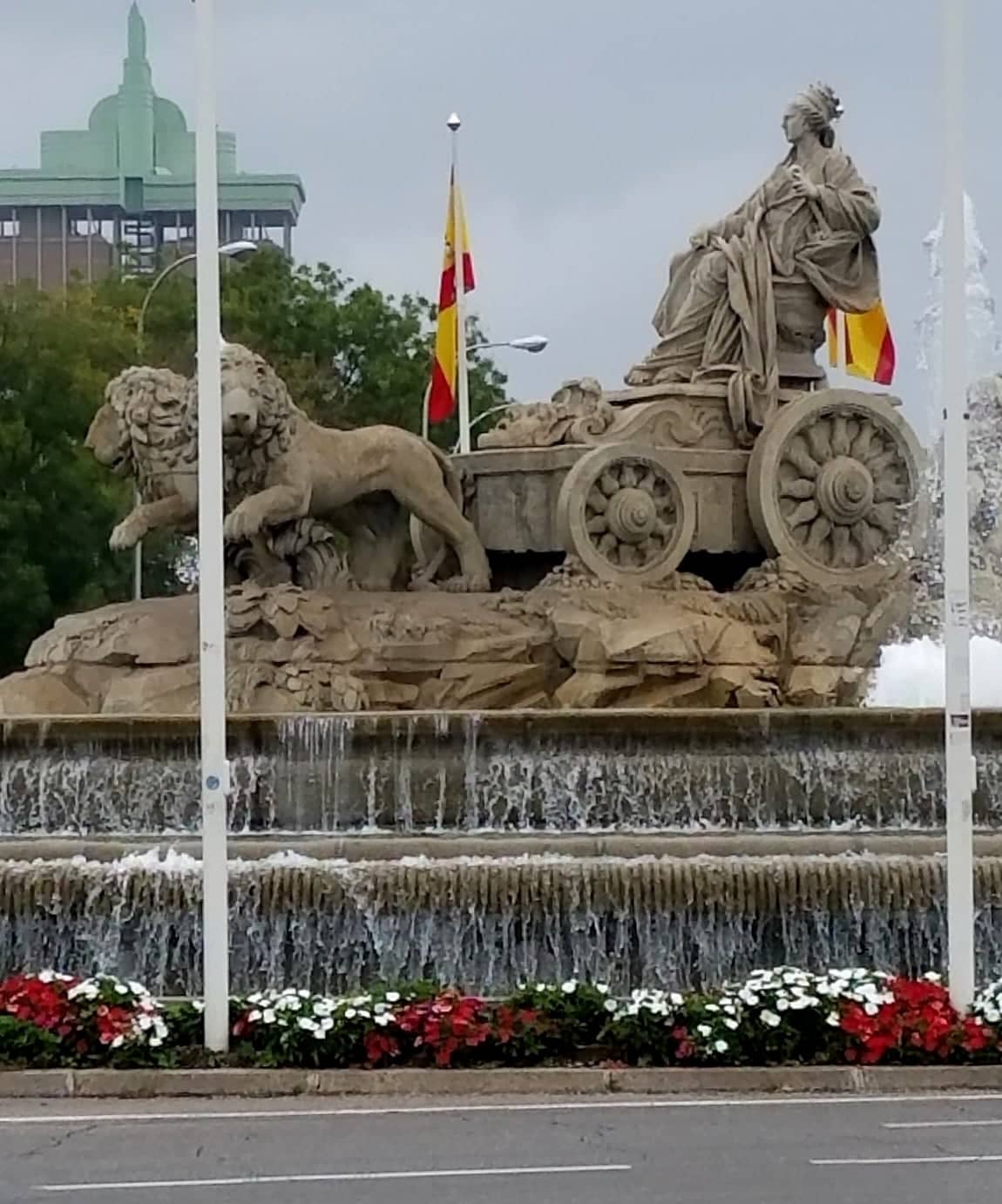 Mother of the gods of Mount Olympus and symbol of the earth and fertility, Cibeles welcomes all who pass through this place, while she rides her charriot pulled by the Atalanta and Hypomenes lions. The sculpture is located at the head of “Paseo del Prado” and “Calle de Alcalá”. Continue reading “The goddess Cibeles of Madrid”
Mother of the gods of Mount Olympus and symbol of the earth and fertility, Cibeles welcomes all who pass through this place, while she rides her charriot pulled by the Atalanta and Hypomenes lions. The sculpture is located at the head of “Paseo del Prado” and “Calle de Alcalá”. Continue reading “The goddess Cibeles of Madrid”
Toledo Railroad Station
Railway stations throughout Europe, in general, create memorable experiences and the framework for many images and memories. Therefore, we love to travel from city to city by train. Every turn, every bridge and tunnel you go through becomes an exciting adventure. At each stop, the train station tells its story. Stories of the city, its people, its history and much more. The Railway Station of Toledo, Spain, is undoubtedly one of those magical stops that we enjoy very much when visiting this great city.
The Fountain of Neptune – Firenze
Strolling through Florence, its squares, bridges, churches and much more can the city be discovered. The main square, both civic and political in Florence is the “Plaza de la Señoría” or in Italian, “Piazza della Signoria”. It is here where Town Hall is located, within what is known as the “Palazzo Vecchio”. Continue reading “The Fountain of Neptune – Firenze”
Piazza di San Pietro – Vatican City
Located in the Vatican City is the great “Piazza di San Pietro”, in English St. Peter’s Square and also known as the Vatican Square. The “Piazza di San Pietro” serves as a prelude to the main temple of the Catholic religion, the Papal Basilica of St. Peter. Continue reading “Piazza di San Pietro – Vatican City”
